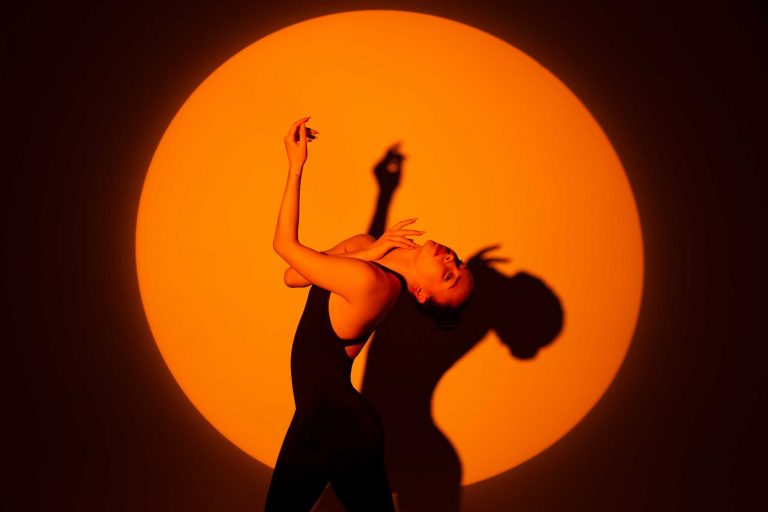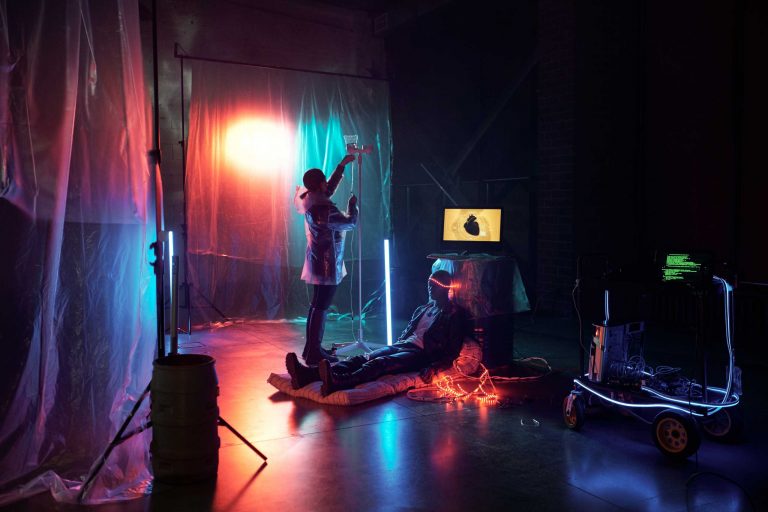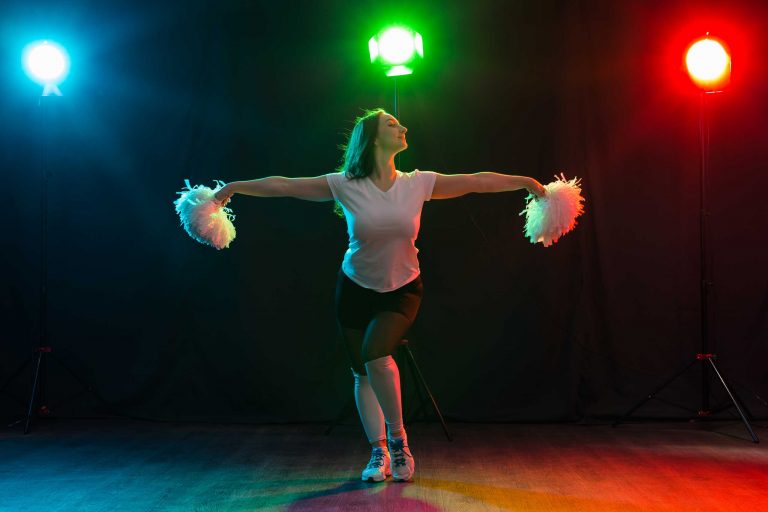People often describe their first light performance experience with unexpected words:
“I felt powerful.”
“It was like meditation.”
“I finally stopped thinking.”
Behind the glowing visuals and flowing movement lies something deeper: a personal journey. Light performance is not just a skill to master — it’s a way to connect to yourself.
The Silent Language of Light
Unlike speech or song, light performance uses no words — and that’s where its power lies. With only your movement and the trails of glowing light, you create something both abstract and emotional.
A slow red wave can express anger.
A chaotic spiral of white sparks might feel like anxiety or freedom.
A soft blue shimmer can calm a whole room.
Light is universal. Everyone feels it — no translation required.
When the Body Leads, the Mind Follows
Performing with light is immersive. As soon as you begin to move, your focus shifts entirely to timing, flow, and space.
This physical focus leads to:
- A quiet mind
- A sense of presence
- Emotional release
That’s why many call it moving meditation. You’re in the moment — deeply and fully.
For some, it helps reduce stress.
For others, it becomes a ritual — a space for expression when words fall short.
Letting Go of Perfection
One of the most surprising lessons in light performance is that imperfection looks beautiful. A small stumble becomes part of the trail. A spontaneous move can light up the stage.
Students often come in thinking they must “get it right.”
But they quickly learn that authenticity — not accuracy — is what moves the audience.
In this art, raw emotion carries more weight than clean technique.
Why Audiences Feel It Instantly
There’s a reason light performers often hear “I couldn’t stop watching you.”
- Light naturally draws the eye
- Movement activates empathy
- Emotion transmits across the room
Even in silence, a strong light act can bring tears or laughter. The glow becomes a mirror — reflecting the audience’s inner state.
Performance as Self-Discovery
Light performance can reveal things you didn’t know you were carrying. Sadness, joy, fear, power — they show up in the way you move, the tools you choose, the colors you use.
You might enter a session wanting to rehearse…
… and leave having said something important — without a word.
You don’t need a stage to perform. You need presence. You need light. And you need to allow yourself to feel.
That’s where true performance begins.



